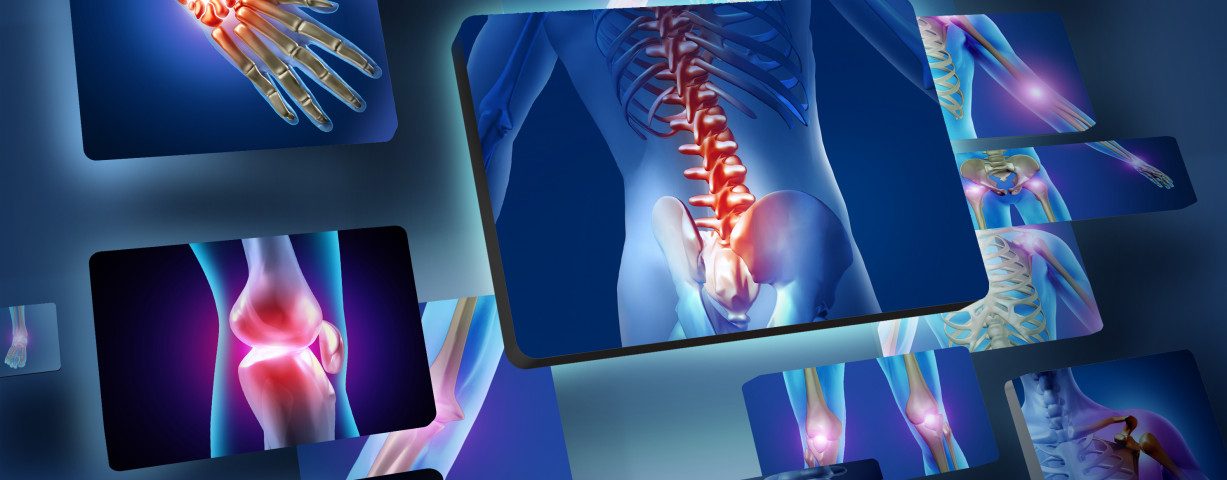How thick the synovial membrane (the layer of tissue that lines joints) appears in an MRI image after administration of a contrast-enhancing dye is time-dependent, a study shows.
The variation in timing could influence synovial thickness measurements, which are needed to score disease activity in juvenile idiopathic arthritis patients.
The study, “Prolonged time between intravenous contrast administration and image acquisition results in increased synovial thickness at magnetic resonance imaging in patients with juvenile idiopathic arthritis,” was published in the journal Pediatric Radiology.
Gadolinium contrast medium is a chemical dye often used in magnetic resonance imaging (MRI) to improve the clarity of images of the body’s internal structures.
This technique, known as contrast-enhanced MRI, is often used to visualize the synovial membrane in children with juvenile idiopathic arthritis (JIA).
A thickened synovial membrane is considered a marker of active arthritis in both juvenile and adult arthritis patients. In fact, the Juvenile Arthritis MRI Scoring (JAMRIS), which measures disease activity, uses the thickness of the synovial membrane as part of its scoring method.
According to JAMRIS, a synovial membrane thickness of greater than or equal to 2 mm is indicative of synovial inflammation (inflammation of the lining of the joint).
As part of contrast-enhanced MRI, the patient is first administered the gadolinium dye and then post-contrast images are taken using the MRI machine. However, despite the importance of this technique, there is no international consensus on the exact amount of time physicians should wait before taking the image. Timing varies from taking images at 1 minute after dye injection to up to 10 minutes after.
To date, no studies have investigated the effect of timing of post-contrast images on the differences in synovial membrane thickness, despite the fact that thickness is important in MRI scoring systems. Essentially, it is unknown whether timing of images affects how thick the membrane appears.
Additionally, no studies have addressed the impact of the timing of post-contrast images in children with JIA who have disease involvement in the joints of the knee (the most frequently affected joint in JIA).
Researchers now conducted a study to measure the thickness of the synovial membrane in both early and late image acquisition using post-contrast MRI in the knees of children with JIA.
Researchers hypothesized that synovial thickness would increase with longer time between dye injection and image acquisition.
Researchers took MRI images of the knees of 53 children with JIA (median age 13.5 years, 59% female) with current or past knee arthritis and evaluated synovial thickness at either time point 1 (which corresponds to 1 minute after dye injection) or time point 2 (which corresponds to 5 minutes after dye injection).
Next, two experienced MRI readers, who were not told which image corresponded to which time point, measured synovial thickness in the randomized images. Thickness was then compared statistically.
As researchers hypothesized, results indicated that the median synovial thickness of the 53 patients was statistically higher in the late post-contrast images. The median thickness at time point 1 was 1.4 mm, while the thickness at time point 2 was 1.5 mm. This difference was statistically significant.
“Post-contrast synovial membrane thickness measurements are time-dependent,” researchers said.
Importantly, these results can extend beyond JIA as the time-dependent pattern can also influence the disease activity measurement of other conditions that use synovial thickness as part of their scoring system, such as osteoarthritis.
“In our opinion, it is advisable to aim at a short time interval between contrast administration and acquisition of post-contrast images,” they said. However, future studies are necessary to recommend an exact interval.

